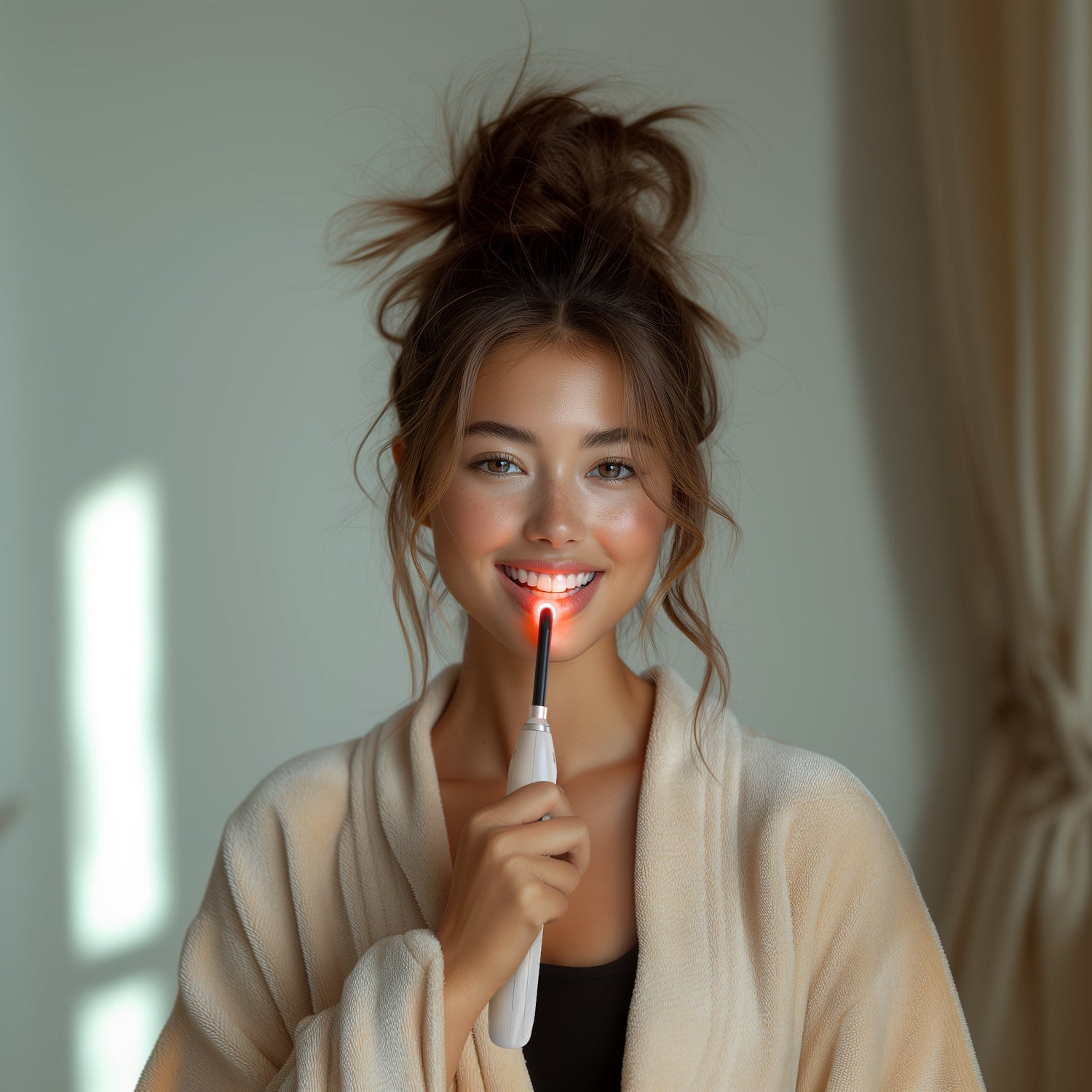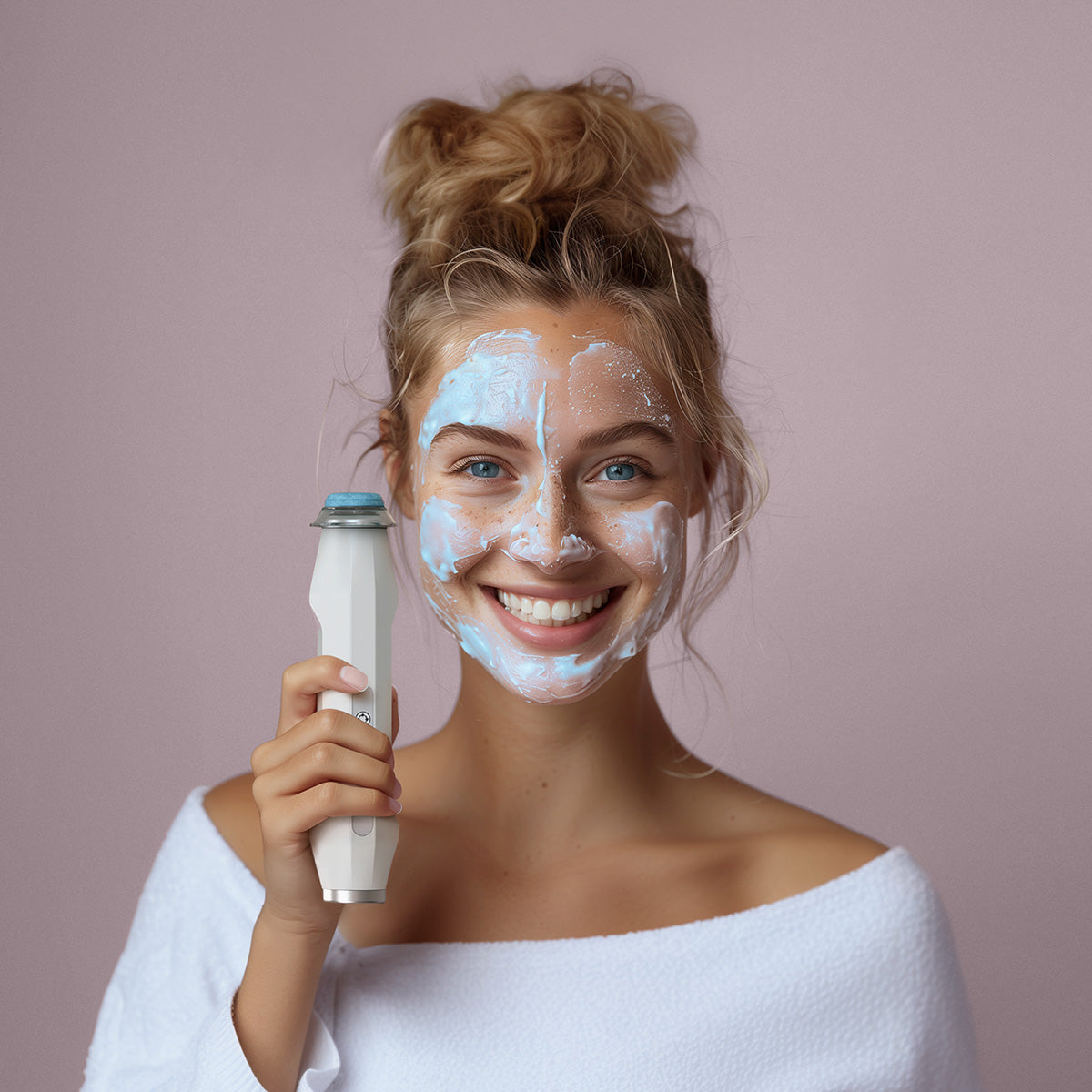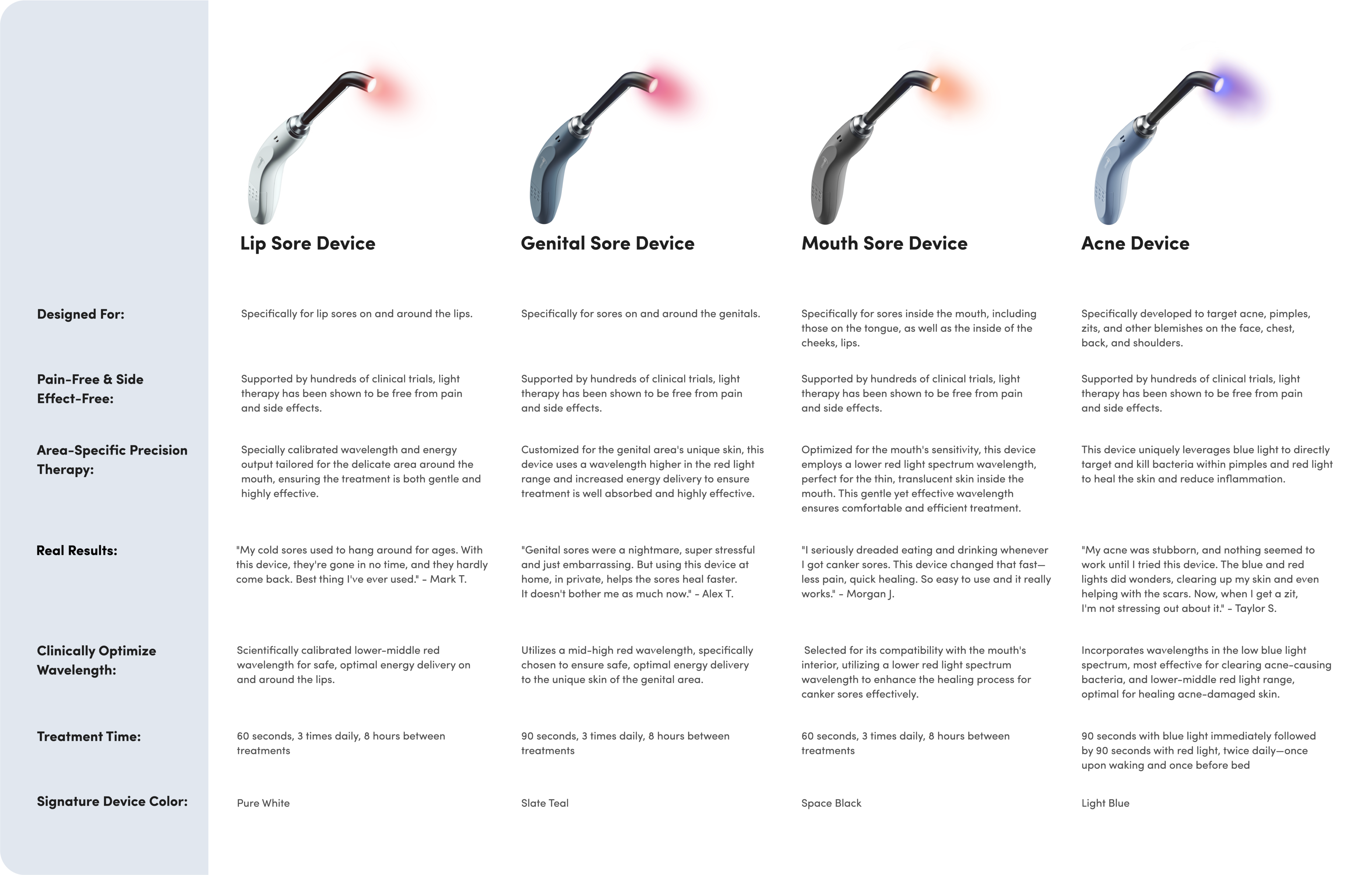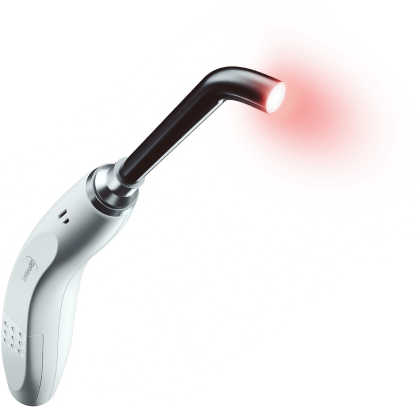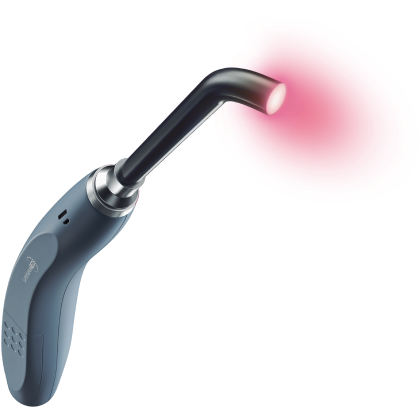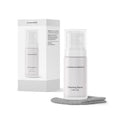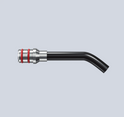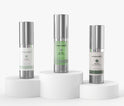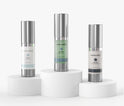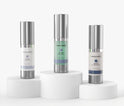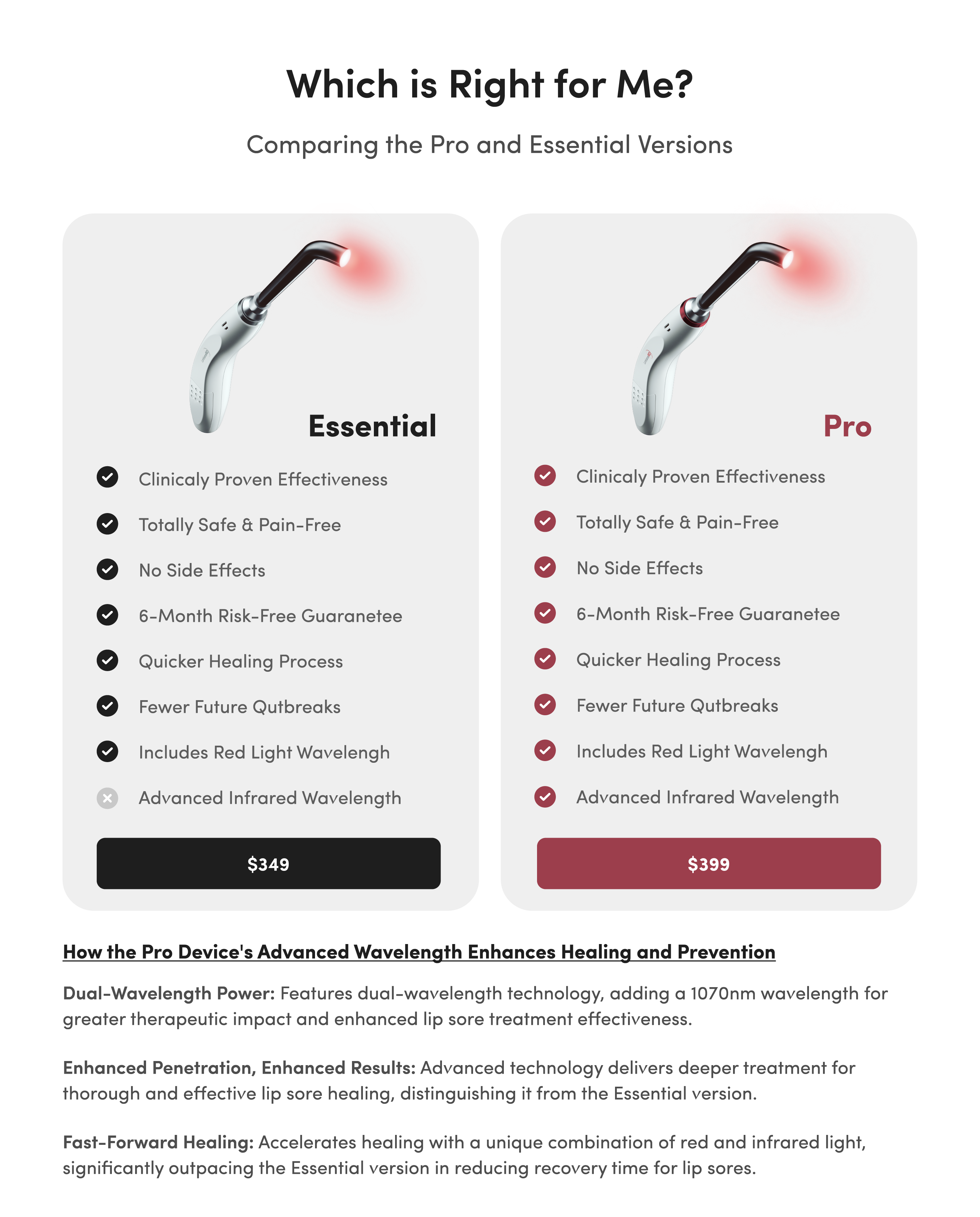Is It Okay to Use Red Light Therapy and Tretinoin?

Sometimes, it’s fun to take a risk. There’s no harm in splurging on a fancy meal, making plans with a new friend, or dyeing your hair a radical color.
But when it comes to your skin, there’s no room for risk. Using the wrong skincare treatment combination can cause terrible side effects, and could even lead to long-term damage. So while it may be tempting to start a new treatment quickly, doing your research can help you avoid unpleasant side effects.
That’s why we’re discussing red light therapy and tretinoin today. Specifically, we want to look at whether it’s okay to use these therapies together.
What Is Light Therapy?
If skincare is important to you, you’ve likely heard of light therapy.
Medical light therapy was accidentally discovered by NASA in the 1990s during an experiment on plant growth. Further experiments tested the effects of light therapy on astronauts, seeking a way to expedite wound healing. Since then, a whole world of treatment options has opened up, particularly for skin conditions like acne.
A qualified dermatologist or esthetician can administer light therapy, but in-clinic treatments can be inconvenient and expensive. In recent years, at-home treatment devices have become available as more cost-effective options.
In addition to treating acne, various types of light therapy can also address a wide variety of skin conditions, including:
- Eczema
- Dermatitis
- Rosacea
- Psoriasis
- Actinic keratosis
- Some types of skin cancer
Studies have also shown that light therapy is an effective treatment option for wrinkles, fine lines, age spots, scarring, stretch marks, redness, sun-related skin damage, and uneven skin tone.
What About Red Light Therapy?
Light therapy harnesses different wavelengths of light (blue and red, most commonly) to treat conditions on and just under the skin.
Blue light penetrates the skin’s surface to reduce excess oil production and kill acne-causing bacteria. Red light, meanwhile, penetrates deeper into the skin to stimulate healing at a cellular level. This vastly improves the skin’s overall texture and reduces the redness and swelling caused by acne breakouts.
Red light also promotes collagen production. Collagen is a structural protein found naturally in the body. It’s responsible for the skin’s strength and resilience, and it’s essential to the skin’s overall health.
Over time, the skin’s collagen production slows, causing sagging and other signs of aging. Boosting collagen production with red light therapy lifts, revitalizes, and strengthens the skin. You’ll notice better skin elasticity, increased hydration, and a natural glow.
Just as NASA predicted, red light therapy also aids in wound healing by accelerating tissue repair. Wounds shrink and close faster, and the collagen boost leaves skin strong and resilient.
As most acne sufferers know, breakouts can leave the skin damaged or even scarred, especially in the case of more severe forms of acne like deep nodules. Wound healing is critical to achieving clear skin without lasting damage.

What Is Tretinoin?
Now that you know all about red light therapy, we can dive into tretinoin.
Tretinoin is an all-trans retinoic acid, or ATRA, derived from a synthetic vitamin A. It’s the generic term for a synthetic retinoid, meaning it’s produced in a laboratory. You may have heard of the trademarked version, Retin-A.
This substance is only available via prescription and comes in the form of a topical cream or gel. In addition to acne, tretinoin products are often used to treat sun damage and moderate signs of aging, such as light wrinkles and fine lines.
How Does Tretinoin Treat Acne?
Your doctor may prescribe tretinoin to treat your acne if over-the-counter products haven’t controlled your breakouts.
Tretinoin attacks acne from a few different angles. First, it helps you shed dead skin cells, which can clog your pores to start a breakout.
Next, tretinoin boosts skin cell turnover. This helps heal acne, as well as other visible complaints, like sun damage, wrinkles, dark spots, and rough texture.
Finally, tretinoin has an anti-inflammatory effect on the skin. Reduced inflammation means less redness and swelling — and if you suffer from painful inflammatory acne, less inflammation also means less pain and discomfort.
Is It Okay to Use Red Light Therapy and Tretinoin?
So, can you treat acne with red light therapy and tretinoin simultaneously?
According to at least one study, using light therapy and tretinoin at the same time may decrease the effectiveness of tretinoin. This is because the light in the study degraded the tretinoin, reducing its ability to function properly. However, the study only looked at tretinoin under fluorescent light and simulated solar light, meaning we still don’t know whether red light alone would reduce tretinoin’s efficacy.
As of this writing, there are no studies that confirm it’s okay to use red light therapy and tretinoin together, but there’s also no clinical evidence that combining them is dangerous. In the study referenced above, participants didn’t experience adverse side effects, only a loss of tretinoin efficacy.
What does this mean? Until further research is done, you may see better results from tretinoin if you use it separately from red light therapy.

Next Steps
If you’d like to combine red light therapy and tretinoin to treat your acne, consult your dermatologist. Your doctor knows your skin type and individual issues, and can tell you whether you’d benefit from a tretinoin prescription.
If you decide to move forward with light therapy, consider whether you’d like to receive treatment in a clinical setting or at home using a personal device. If you opt for the latter, follow the instructions provided by the manufacturer for optimal results.
If your doctor provides a prescription for tretinoin, you may notice some mild skin irritation during the first few weeks of use. If the irritation continues past the first few weeks, pull back and use the product less frequently. If the problem still persists, stop using the product and talk to your doctor.
Also contact your doctor if you notice any of these side effects:
- Burning
- Stinging
- Peeling
- Severe redness
- Severe dryness
- Dark spots
- Light spots
- Unexplained warm spots
When you first start using a tretinoin-based product, do so with care. Watch for signs of an allergic reaction by applying a small amount of product to a small patch of skin.
If you don’t react poorly, you can gradually increase how much product you use and how frequently you use it. No one’s skin is exactly like yours, so take the process slowly and experiment.
Red Light Therapy and Tretinoin: Final Thoughts
Since no studies yet prove red light therapy and tretinoin work well in tandem, and one study suggests caution, it may be best to use these treatments separately. Though nothing suggests they would cause adverse side effects together, you’ll still want to avoid curbing the effect of either.
Of course, everyone’s skin is different, and what doesn’t work for your neighbor may work like a charm for your acne. Experimenting (safely) is the key to finding what works for you!


